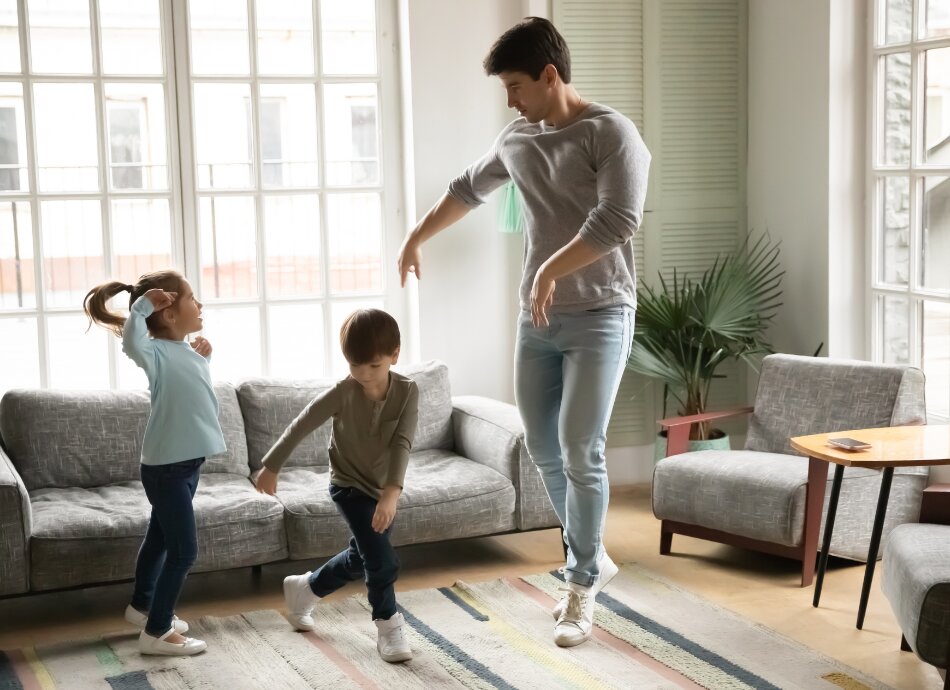If you can't get outside due to the weather, or prefer to stay at home, there are lots of lots of online resources available. Just check that the provider is trained to provide exercise advice.
- Work within your limits – now is not the time to be injuring yourself and putting pressure on our healthcare system.
- If you belong to a gym check out if they are providing access to online workouts.
- And now might be the time that the long forgotten purchase of that exercise bike, treadmill or rowing machine really comes in to its own.
- Remember exercise can be in small amounts throughout the day if you are trying to work from home while looking after kids.






